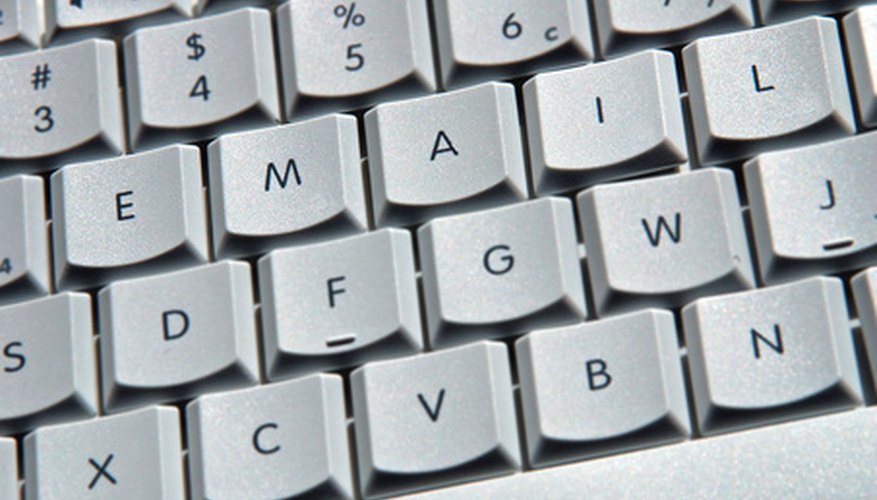When you do business overseas, it's necessary to not only be aware of cultural differences between countries, but to adjust your own response to those differences accordingly. This is especially true when writing an e-mail to a Japanese company or business prospect whose primary language isn't English, as even a simple faux pas becomes much more complicated with a language barrier. By observing the proper Japanese e-mail etiquette in a business setting, you prove your willingness to understand Japanese culture and---by extension---your adaptability to a company's needs.
Names
Attaching the honorific "-san" after the recipient's name is common courtesy, similar to addressing someone in America as Mister or Miss. Don't combine them, such as writing "Mr. X-san", as this is essentially greeting the reader as "Mister Mister X". Also remember that, in Japan, given and family names are written in the opposite order to their Western counterparts--the last name comes before the first. If you aren't certain which name is your recipient's surname, find out in advance to avoid a common yet annoying mistake.
- Attaching the honorific "-san" after the recipient's name is common courtesy, similar to addressing someone in America as Mister or Miss.
- Don't combine them, such as writing "Mr. X-san", as this is essentially greeting the reader as "Mister Mister X".
Politeness
Business e-mails in Japan are generally written using the polite form of language, sometimes called "keigo," unless both the sender and recipient know each other very well. If you're unsure whether or not to use keigo, it's a good idea to use it until your recipient tells you it's unnecessary.
- Business e-mails in Japan are generally written using the polite form of language, sometimes called "keigo," unless both the sender and recipient know each other very well.
The fact keigo is highly regarded and considered standard gives you an indication how important politeness is in your letter. While e-mails are indeed less formal than a regular letter, a polite greeting before launching into the matter at hand is normal and often expected. Even something as small as inquiring about the weather will work in this instance.
Stringing
It's actually considered rude in Japan to continually tack a new message onto an older one, to the point an entire thread is created. You've probably seen this on a forum or two, with later responses often looking like "Re:re:re:re:subject." It's a better choice to simply create a new e-mail and refer to the previous one in a sentence or two, to keep the email looking clean and professional.
Japanese Vs. English
If you feel confident enough with your Japanese skills to write the email entirely in the language, this option will put many businessmen at ease. While English is a mandatory subject taught over the course of several years in Japanese schools, not even Japanese salarymen always learn the language to a business level, and they don't speak it every day except in situations where international communication is commonplace. If you're more confident with or prefer to write in English, note in your e-mail that future communication will take place in English unless the recipient requests them to be in Japanese.
Age Gap Alternatives
Although the younger generation is generally more computer-savvy, many Japanese companies are still led by older people who may not be familiar, or even comfortable with e-mail. If you know your recipient isn't familiar with e-mail, try writing a short note including an offer to speak more in-depth over the phone, or in person if it's possible. This way you give the power of deciding to your reader, while displaying your own adeptness at either form of communication.
